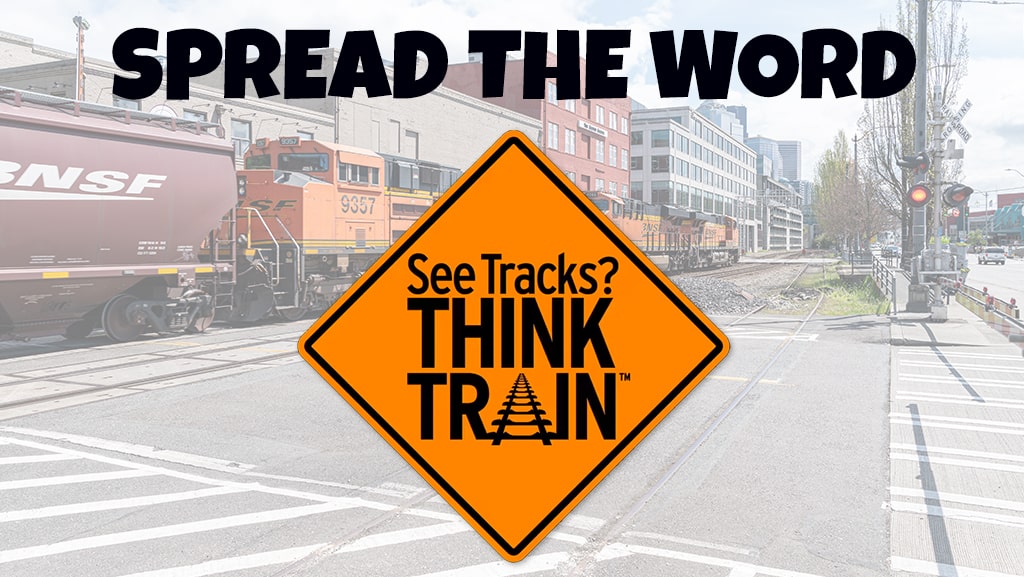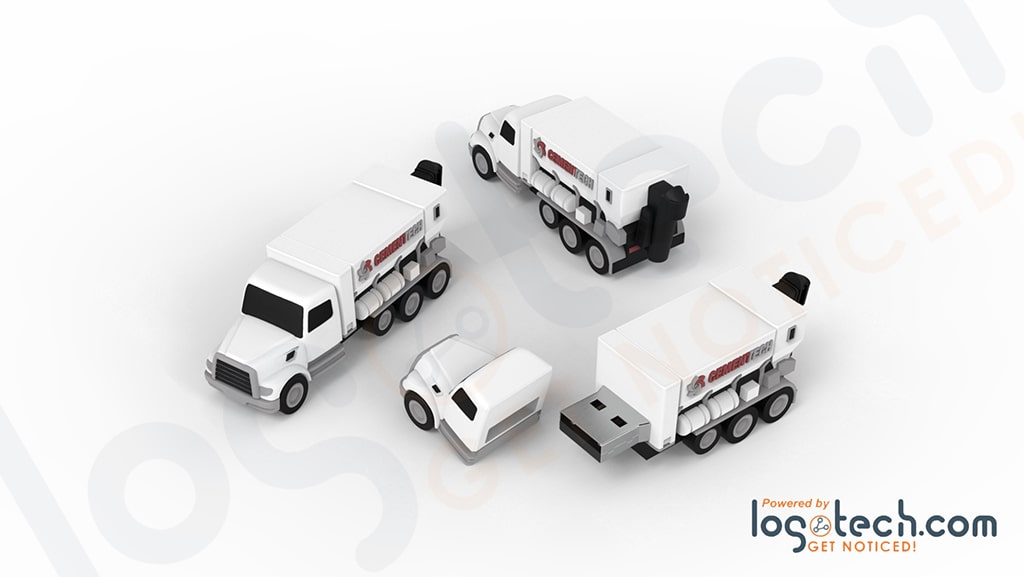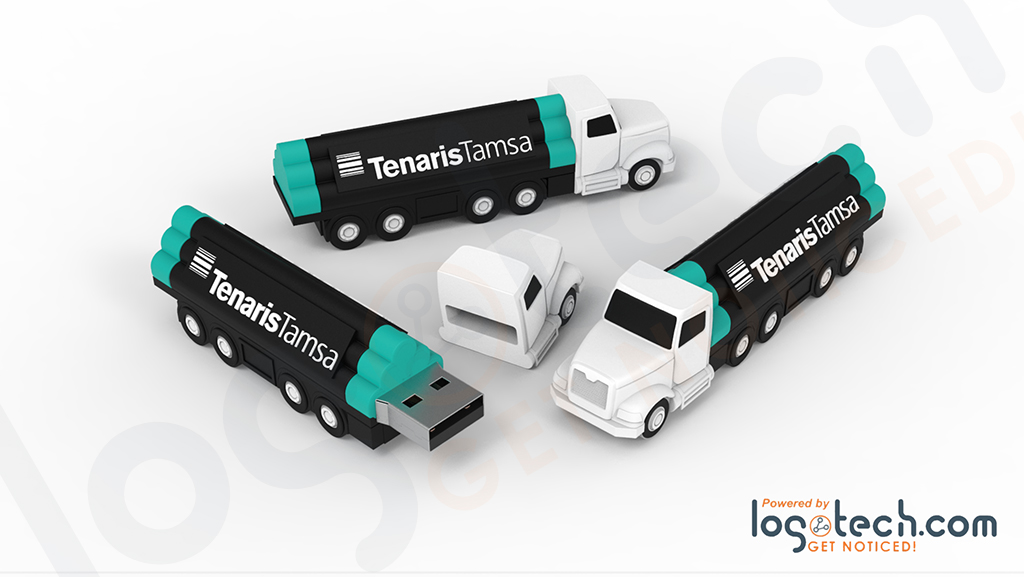
Boosting Railroad Safety Through Community Collaboration
Amplify Rail Safety with Community Voices!
Railroad safety, a global issue, often focuses on technical advancements, regulations, and overarching initiatives. But there's a crucial, often overlooked, aspect of rail safety– local collaboration. The community's deep-rooted familiarity with the rail system and its direct impact makes them valuable allies when improving rail safety.
Why is Community Collaboration Important?
Collaboration with local communities is pivotal for boosting rail safety. When living alongside rail systems, communities gain firsthand experience of risks, an understanding of local behavioral patterns, and knowledge of the most effective communication methods. When effectively engaged, these elements can significantly augment rail safety initiatives.
Understanding Community Collaboration
Community collaboration in rail safety refers to the participation of local citizens, community groups, and local government in promoting safer railroad practices. It can include many activities, including hosting community meetings, coordinating safety education sessions, influencing decision-making processes, and setting local safety standards!
Key Aspects of Successful Community Collaboration
Community collaboration is not spontaneous; it requires thoughtful orchestration. Here are a few aspects critical to a successful collaboration:
Building Trust and Mutual Understanding
The essence of collaboration is trust. Rail authorities and communities must foster mutual respect and understanding through frequent interaction, transparency, and attentiveness to each other's perspectives.
Facilitating Open Communication Channels
Open lines of communication are vital to successful collaboration. They can include community meetings, regular updates on safety issues, and platforms for community members to express their concerns and ideas.
Establishing Clear Goals and Expectations
Collaboration needs a clear mission. Whether the aim is reducing crossing incidents, boosting signal compliance, or enhancing pedestrian safety around tracks, all participants should align with and commit to the shared objectives.
Involving Diverse Community Members
A community is a melting pot of diverse individuals and groups. This diversity should be represented in the collaboration, incorporating a broad spectrum of participants, including schools, businesses, community organizations, and individuals.
Utilizing Promotional Products
Promotional products can effectively spread awareness and provide reminders of key safety practices. Logotech offers a variety of railroad promotional products, like pamphlets, flash drives, and water bottles, that can be customized with rail safety messages. Distributed during community gatherings or meetings, these items serve as useful tools and continuous reminders of the importance of rail safety.
Benefits of Community Collaboration
Community collaboration yields numerous dividends for rail safety. By tapping into local knowledge, it can pave the way for effective safety campaigns. It also creates a culture of safety, encouraging responsible practices around rail systems. Furthermore, it instills a sense of ownership and accountability toward rail safety in the community.
Real-life Examples of Community Collaboration in Railroad Safety
Close Call Reporting System
One demonstration of community collaboration in railroad safety is the Close Call Reporting System implemented by the Federal Railroad Administration (FRA) in the United States. This system encourages railway employees and local community members to anonymously report "close call" incidents that could have been serious accidents, providing valuable data for preventative measures. It's a prime example of community collaboration where a platform is provided for local insights to shape and improve safety protocols.
Network Rail's Community Safety Managers
Network Rail, one of the largest rail companies in the UK, has found a way to collaborate with communities through their Community Safety Managers. These individuals are deployed in communities, particularly those with many rail trespass incidents, to take a hands-on approach to safety education. They're frequently in the field, conducting safety workshops, visiting schools, and hosting community events. This face-to-face interaction creates a strong rapport between the railway company and the local community. They provide a personable face for the company and bridge the communication gap between the rail company and the public.
These two initiatives showcase how collaboration with local communities can effectively enhance rail safety while respecting and involving those most affected.
Closing Thoughts
Collaborating with local communities for rail safety isn't just advisable; it's necessary for a holistic approach. Communities, with their unique insights, resources, and capabilities, can significantly enhance rail safety when effectively leveraged. We must place communities at the forefront of rail safety, fostering collaboration and capitalizing on local strengths to create a safer railroad environment.
Frequently Asked Questions
Q: How can local communities initiate collaboration with railroad companies?
A: Start by contacting rail representatives, proposing meetings, and brainstorming joint initiatives.
Q: How does community feedback affect rail safety measures?
A: Feedback helps rail authorities prioritize safety upgrades, adjust operational procedures, and refine community engagement strategies.
Q: What challenges do communities face in these collaborations?
A: Some challenges include funding constraints, differing priorities between stakeholders, and effective communication.








